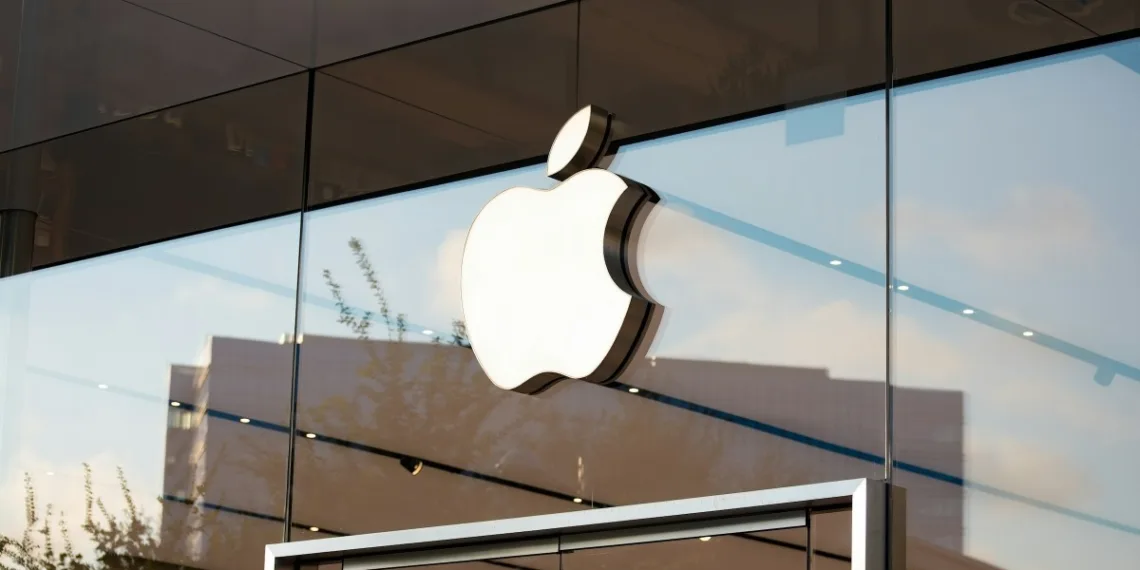Exclusive: How Apple fights 145% China tariffs, potential exemptions, and the high-stakes game of international trade negotiations in 2025.
In the high-stakes world of international trade, Apple finds itself at the epicenter of an economic chess match. With the Trump administration imposing a staggering 145% tariff on Chinese imports, the tech giant faces its most challenging trade landscape yet.
Table of Contents

The Tariff Landscape
Unprecedented Tariff Rates
- Total Tariff on China: 145%
- Potential Impact: Up to 85% price increase on iPhones
- Supply Chain Vulnerability: 80% of iPhones shipped to U.S. from China
Economic Implications
Experts warn that Apple could be “set back many years by these tariffs,” with Dan Ives from Wedbush Securities describing the situation as having “their boat flipped over in the ocean with no life rafts.”
Potential Lifelines
Exemption Possibilities
Trump has hinted at potential flexibility, stating: “Some companies, through no fault of their own, they happen to be in an industry that is more affected by these things than others. You have to be able to show a little flexibility, and I’m able to do that.”
Strategic Moves
- U.S. Investment Commitment:
- $500 billion investment in U.S. jobs
- Created 20,000 U.S. jobs
- Potential bargaining chip for tariff relief
- Supply Chain Diversification
- Increasing iPhone production in India
- Reducing dependence on Chinese manufacturing

Analyst Perspectives
Potential Scenarios
| Scenario | Probability | Potential Impact |
|---|---|---|
| Full Tariff Exemption | Low | Minimal iPhone price increase |
| Partial Exemption | Medium | Moderate price adjustments |
| No Exemption | High | Significant price hikes |
FAQs:
Q1: How High Could iPhone Prices Go?
Analysts predict potential price increases up to 85% to maintain Apple’s profit margins. Wedbush analyst Dan Ives estimates a U.S.-produced iPhone could cost $3,500 compared to the typical $1,000.
Q2: What’s Apple’s Best Strategy?
Appeal for tariff exemptions while accelerating supply chain diversification, particularly in India.
Q3: How Serious is the Tariff Threat?
Extremely serious. The White House has clarified a total base tariff on China of 145%, with China retaliating by hiking tariffs on U.S. goods to 125%.
The Negotiation Game
Key Negotiation Factors
- Apple’s massive U.S. investment
- Potential job creation
- Economic ripple effects
- Strategic national technology interests
Conclusion
Apple stands at a critical juncture. The company’s ability to navigate these complex trade negotiations will determine its global competitiveness and pricing strategy for years to come.








